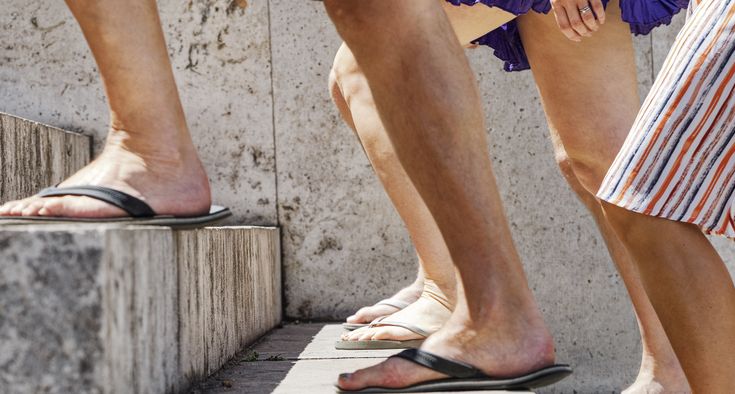Summertime often means tasty cookouts, ice cold beers and high temperatures. On the downside, this time of year can also lead to an increased risk of gout.
Gout is a common form of arthritis where uric acid crystallizes and deposits in the joints. Because of this, those with gout have severe attacks of pain, swelling, redness and tenderness. Although gout most often affects the joint of the big toe, it can occur in nearly any joint. Other commonly affected joints are the ankles, knees, elbows, wrists and fingers.

Also known as the “disease of kings,” gout incidences have increased steadily over the last 20 years to affect 8.3 million Americans. The increase is attributed to poor dietary habits such as fast foods, lack of exercising and obesity.
Jason Honaker, physician assistant at Novant Health Oceanside Family Medicine in Bolivia, North Carolina, near popular coastal beach areas, talks about why gout flare-ups are common in the summer and what you can do to protect yourself.
Don’t let an injury ruin your vacation. Find the expert care you need in seconds.
Why gout is worse in the summer and what you can do to
Cause of gout pain: more red meat and seafood
While genetics are the biggest factor for gout, Honaker says there is often an uptick of gout flare-ups in the summer because of what people eat: meat and seafood.
“Red meat and shellfish have a higher amount of purines in it,” Honaker said. “Because you have a higher amount of purines, those purines are broken down into uric acid, which can lead to a gout flare-up.”
Meats that should be consumed in limited quantities include beef, lamb, pork and organ meats, such as liver. Honaker recommends poultry as being a better option.
Seafood consumption should also be limited, as seafood, particularly cold-water fish and shellfish, tend to be higher in purines, Honaker said.
Honaker recommends a balanced diet, especially in the summer, to keep purine levels low. Also, consumers should be wary of dietary recommendations from the internet.
“No-purine diets are really restrictive and hard to follow completely,” Honaker said. “Even if you follow the diet, it won’t completely eliminate your risk to have a gout flare-up.”
Cause of gout pain: alcohol and dehydration
Here’s why beer can make things worse. “Alcohol can be a dehydrating agent and affects the hormones that regulate the amount of fluid that we retain versus what we excrete,” Honaker said.
By drinking more alcohol, your kidney function can be affected.
“Because our kidneys can’t filter properly, our body retains higher levels of purines, which become uric acid when broken down, Honaker said.
For instance, patients who suffer from chronic kidney disease tend to have a greater chance of gout flare-ups because their kidneys don’t function properly.
Beer is the No. 1 alcoholic beverage to avoid as it increases a patient’s uric acid levels and reduces the body’s ability to remove it from its system. A healthier option, should you want a glass of alcohol, is wine.
Tips for reducing gout pain
Honaker stresses that patients who suffer from gout flare-ups should try to modify their diet to reduce the amount of red meat, shellfish and consumption of sugary drinks.
“One of the biggest risk factors for gout flare-ups, in addition to genetics, is obesity,” Honaker said. “The more weight a person loses, the less of a risk for painful gout flare-ups.”
Should you have a gout flare-up, here are a few tips:
- Take over-the-counter ibuprofen or naproxen. Aspirin can actually worsen the condition and is never recommended.
- Apply an ice pack to the inflamed area for 20 to 30 minutes a day.
- Drink plenty of water to flush out the uric acid causing the gout. Water can also help prevent kidney stones, another condition associated with high uric acid levels.
- Call your primary care physician if the pain and inflammation won’t subside. Your provider can prescribe a medication to start relieving inflammation quickly.








